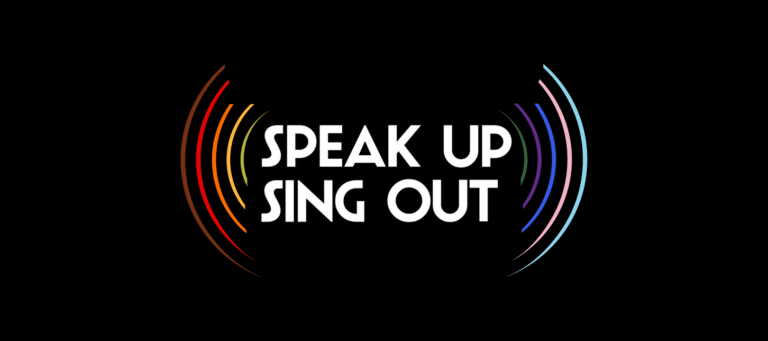Whether it’s confusing acronyms that are not as understood by the public, terminology that is not understood across cultures, or words and phrases that have harmful connotations—language barriers in healthcare can lead to significant misunderstandings and inadequate treatment. Justice focused communication is fundamental to providing accessible medical services, ensuring people feel confident in their understanding of their health, and fostering trust between patients and healthcare providers. We’re working with partners at the University of Houston to ensure language justice is at the forefront of HIV Care.
Decoding Acronyms for Better Understanding
Acronyms play a significant role in health communication, especially in HIV care, where terms like ART (antiretroviral therapy), PrEP (pre-exposure prophylaxis), and PEP (post-exposure prophylaxis) are commonly used. While these acronyms are efficient for healthcare professionals, they can be confusing for patients without proper explanation and often do not translate across languages. Ensuring that people understand these terms is vital for their treatment and prevention strategies. For instance, understanding ART is crucial for people living with HIV to comprehend their treatment regimen and its importance in suppressing the virus and maintaining their health. Learn more about the acronyms that are commonly used in HIV care.
The Impact of Affirming Language
Affirming language in HIV care goes beyond providing clarity; it’s about respect and support. Using terms like “person living with HIV” instead of “HIV patient” shifts the focus to the individual’s humanity, helping to reduce stigma and isolation. This change in language fosters a more inclusive healthcare environment, encouraging more people to seek and stay in care.
Dr. Bec Sokha Keo, Scholar and Activist at the University of Houston who is a grantee of the Elton John AIDS Foundation, emphasizes the importance of this approach. With funding from the Foundation, they are creating a trauma-informed care curriculum that helps organizations to increase their knowledge of language justice and learn how they can implement better practices to provide more compassionate care. Dr. Bec explained: “Trans and non-binary and gender nonconforming communities have affirming language that are current and informed by community that should be used across practices, policies and interactions. Stigmatizing language would be words the community does not want people to use to describe them. Stigmatizing language disempowers the community. It also reinforces systems of domination, which show up in healthcare policies, processes, and practices.”
Empowering Communities Through Language
Every individual deserves access to healthcare and information that is understandable and respectful. “When folks are accessing services, we want people to be as informed as possible and consent to the services they are receiving. Part of that is using everyday language instead of technical jargon,” shared Dr Bec Sokha Keo.
Healthcare providers and community organizations must proactively address language barriers to ensure inclusivity. By fostering a welcoming and understanding environment, providers can significantly enhance the quality of care for those living with or at risk of HIV, ultimately contributing to better health outcomes and well-being for all.
Common Acronyms
PEP
PEP stands for Post-Exposure Prophylaxis. If you think you’ve been exposed to HIV in the last three days, PEP can be used as an emergency treatment to stop the virus from taking hold.
PrEP
PrEP stands for Pre-Exposure Prophylaxis. It is a preventative medication that you take daily to reduce the risk of HIV.
ART
ART stands for Anti-Retroviral Therapy. It is the treatment for HIV, which involves taking a combination of HIV medicines every day. While it’s not a cure, ART allows those diagnosed with HIV to live long, healthy lives.
CD4
CD4 stands for Cluster of Differentiation 4. CD4 cells move throughout your body to protect you from bacteria, viruses, and germs. HIV damages your immune system by targeting CD4 cells.
PLHIV
PLHIV stands for people living with HIV.
U=U
Undetectable = Untransmittable. This explains how the transmission of HIV can be stopped. When a person living with HIV is on effective treatment, it lowers the level of HIV in the blood. When the levels of HIV are low, it is referred to as being undetectable. Medically, this is also referred to as being virally suppressed.
examples of affirming language
Person living with HIV
Using “person living with HIV” instead of “HIV positive person” is important because it emphasizes the individual’s humanity before their diagnosis.
Diagnosed with or contracted HIV
Avoid using language such as “infected” when talking about a person who is living with HIV. This carries negative connotations that can perpetuate stigma, instead of compassion towards someone’s diagnosis.
Undetectable viral load
Avoid using language such as “low virus levels”. Undetectable viral load is more precise and positive, highlighting successful treatment outcomes.
People who use drugs
This reduces stigma and focuses on the person rather than labeling them by their behavior.




